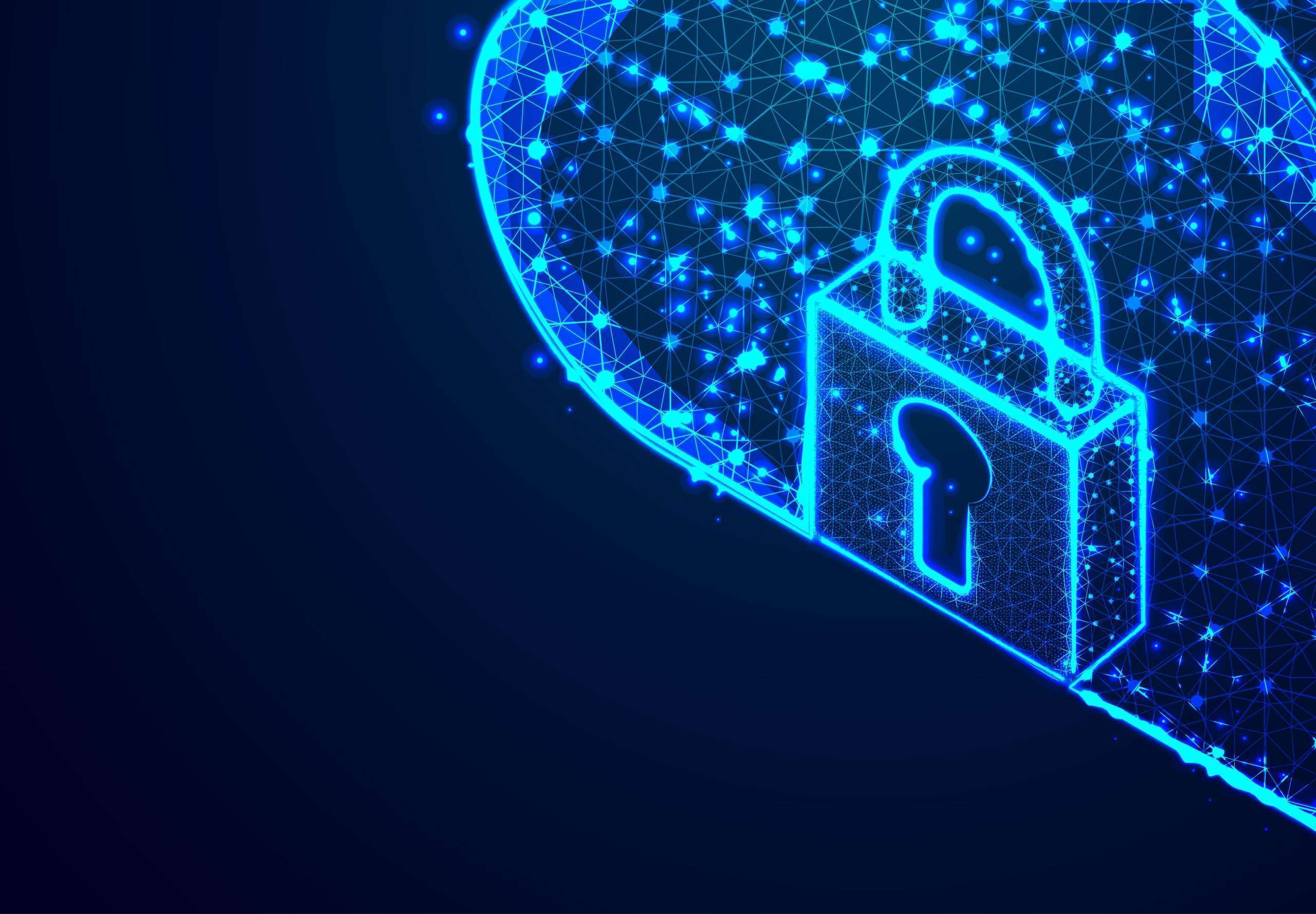As our work landscapes continue to shift towards remote environments, potential security risks also evolve, prompting a necessary evolution in our approach to protecting our digital workspaces.
For those in IT and cybersecurity roles, maintaining a robust defense against these risks is no longer just a consideration; it’s a vital part of the daily grind. This piece aims to shine a light on key practices and tools that uphold the integrity of remote work environments.
Understanding Remote Work Risks
Adjusting to a remote work environment isn’t just about finding a comfy chair. It comes with a unique set of security challenges.
When employees are spread out, the traditionally controlled and monitored office network environment is replaced by numerous, potentially unsecured, home networks. 🏠🚨
Network Vulnerabilities
Achieving robust security starts with recognizing the potential loopholes that may exist within a home network 🔍. Unlike corporate networks that often have strict security protocols, home Wi-Fi setups can be easier for cybercriminals to infiltrate if not adequately protected.
Phishing and Social Engineering
Remote workers are also prime targets for phishing attempts and social engineering schemes. These deceptive tactics can trick individuals into revealing confidential information that compromises the company’s security.

Device Security and Physical Security of Devices
Ensuring the security of devices used for work purposes is another crucial factor 📱💻. Personal devices that lack appropriate security measures can serve as an entry point for malware and other malicious activities.
Let’s not overlook physical security. The chance of theft or unauthorized access is higher when devices are used in less secure environments outside the office.
Securing Connections
Once we understand the vulnerabilities in a remote setup, we can focus on reinforcing the digital walls of our work environment. Secure connections act as the frontline defense against intrusions.
Virtual Private Networks (VPNs)
One of the most critical tools in the security toolkit is a Virtual Private Network (VPN). A VPN establishes a secure, encrypted connection between a remote worker’s device and the company’s network, making it difficult for eavesdroppers to snoop on data transfers. 🛡️📲
Multi-factor Authentication (MFA)
Multi-factor Authentication (MFA) adds an extra verification step, significantly enhancing login security. This might involve a code sent to a phone or a fingerprint scan, adding a level of difficulty for would-be attackers.
Firewalls and Antivirus Software
Firewalls serve as gatekeepers for incoming and outgoing network traffic, while reputable antivirus software provides a shield against malware and viruses.
Secure Wi-Fi Practices
Advising on secure Wi-Fi practices, like using strong passwords, disabling WPS, and hiding the network SSID, fortifies a network against unauthorized access. 📶
Establishing Comprehensive Security Policies
Technology alone can’t shoulder the entirety of security responsibility. A comprehensive policy tailored to remote work is imperative for creating a culture of security awareness.
- Policies for Device Usage
Clear guidelines on what is acceptable for device usage, including which devices are permitted for work tasks, help safeguard against unforeseen risks.
- Training and Awareness Programs
Regular training sessions ensure that employees are up to speed on the latest threats and best practices for avoiding them.
- Data Management Protocols
Sound data management protocols, such as using secure cloud services and regularly backing up data, protect against data loss and breaches.
- Incident Response Plan
A predetermined incident response plan equips a team to act swiftly and effectively in the event of a security breach.

Regular Audits and Continuous Monitoring
No cybersecurity approach is set in stone. The landscape changes too quickly for complacency. Routine assessments and watchful monitoring are vital to stay a step ahead of potential threats. 👀🔒
- Security Audits
Regular security audits can uncover weaknesses in the current security framework, allowing for timely reinforcement where necessary.
- Monitoring Software
Monitoring software helps in detecting suspicious activities early, giving IT teams the chance to nip threats in the bud before they escalate into serious breaches.
- Updates and Patch Management
Keeping software up-to-date with the latest patches closes vulnerabilities that could be exploited by cyber attackers.
- User Activity Logs
Reviewing user activity logs provides insights into potential security policy violations or anomalous behaviors that may spell trouble.
Conclusion: The Path to Secure Remote Work
Addressing remote work security is a multi-faceted task that involves understanding risks, securing connections, implementing policies, and continuous vigilance.
By prioritizing these practices, companies can create a safe and productive remote work environment for their employees.
The journey to achieving secure remote work is ongoing, as threats evolve and new solutions emerge. Yet, with the foundations laid out in this article, IT professionals can better protect their organizations against the uncertainties of the digital age. 🛡️💻
The key is not just to react to threats but to proactively establish a culture of security that permeates every aspect of remote work operations.
- Analyzing Patterns in Failed Products - July 25, 2024
- Hybrid Cryptographic Systems - July 24, 2024
- Inadequate Threat Intelligence Integration - July 23, 2024
